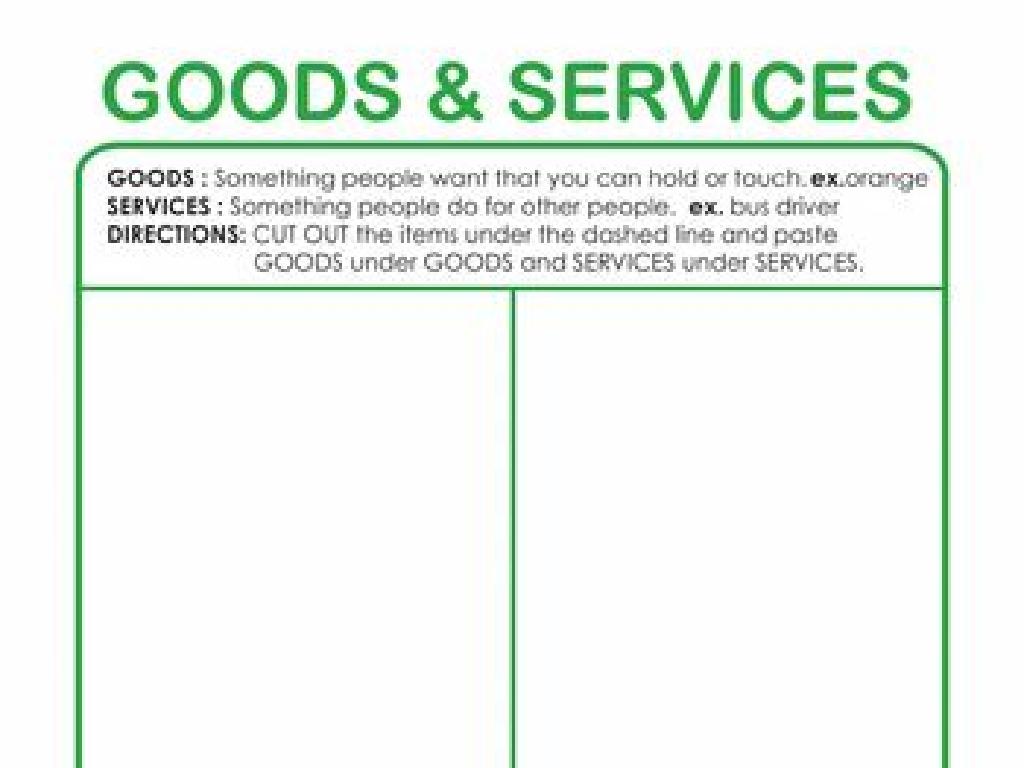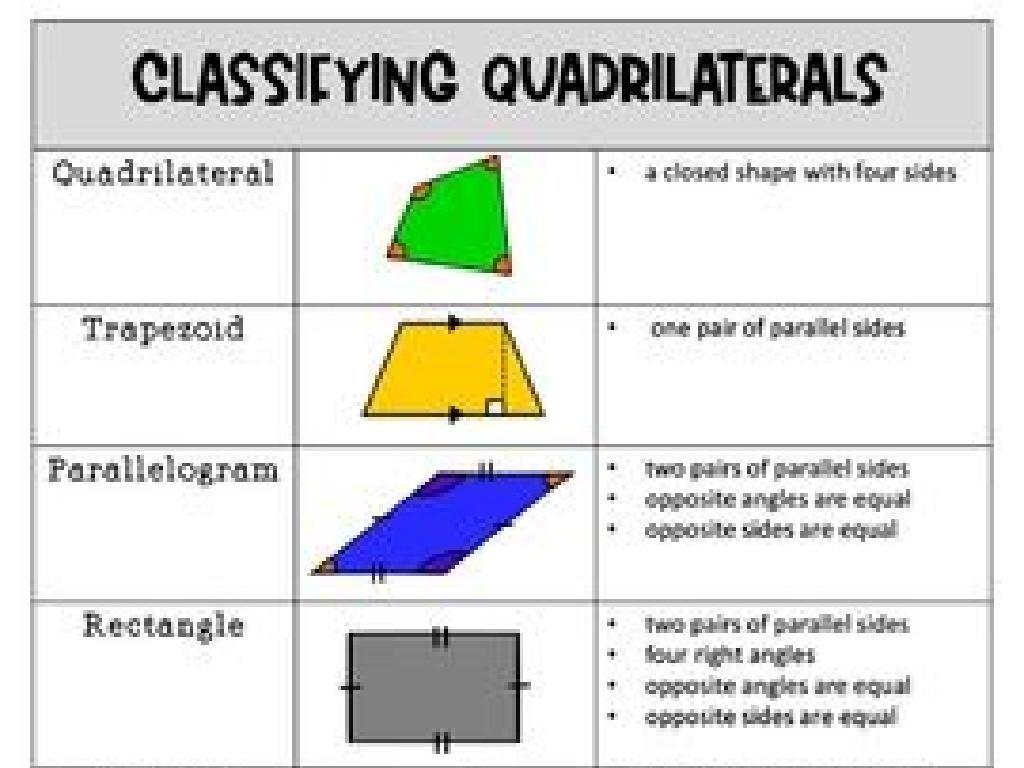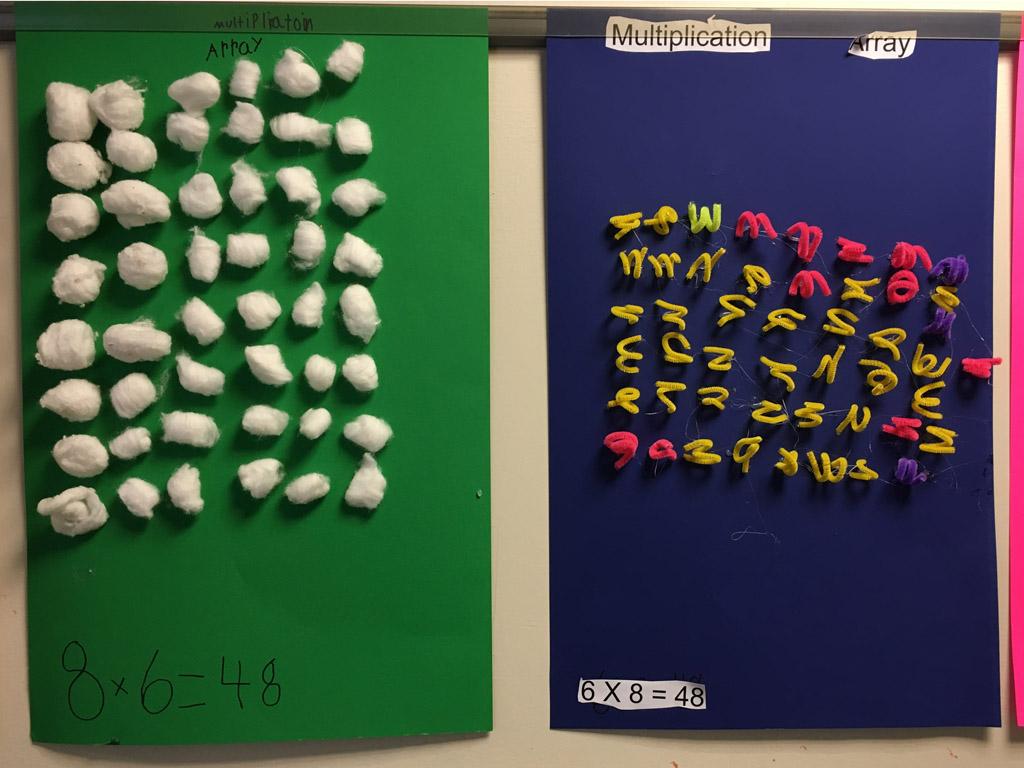Commas With Compound And Complex Sentences
Subject: Language arts
Grade: Sixth grade
Topic: Punctuation
Please LOG IN to download the presentation. Access is available to registered users only.
View More Content
Punctuation: Mastering Commas in Sentences
– Punctuation shapes our writing
– Commas in compound sentences
– Use before ‘and’, ‘but’, ‘or’ connecting independent clauses
– Commas in complex sentences
– Place after introductory phrases or dependent clauses
– Commas ensure clarity
|
This slide introduces the importance of punctuation, with a specific focus on the use of commas in compound and complex sentences. Emphasize to students that punctuation is like the road signs in writing; it guides the reader through the text. In compound sentences, commas are used before conjunctions to separate independent clauses. In complex sentences, they often come after introductory elements or set off dependent clauses. Understanding where to place commas is crucial for preventing confusion and ensuring that the meaning of the sentence is clear. Provide examples of both types of sentences and have students practice punctuating them correctly. Discuss how omitting or misplacing commas can change the meaning of a sentence.
Commas in Compound Sentences
– Define a compound sentence
– Two or more independent clauses joined by a conjunction like ‘and’, ‘but’, or ‘or’.
– Examples of compound sentences
– ‘I wanted to play outside, but it was raining.’
– Commas with independent clauses
– Use a comma before the conjunction to separate the clauses.
– Practice writing compound sentences
|
This slide introduces the concept of compound sentences and the use of commas within them. A compound sentence is made up of two or more independent clauses that are connected by conjunctions such as ‘and’, ‘but’, or ‘or’. It’s important to use a comma before the conjunction to clearly separate these clauses. Provide students with examples of compound sentences and guide them through the process of identifying the independent clauses and the appropriate placement of commas. Encourage students to create their own examples of compound sentences, using different conjunctions, and to share them with the class for further practice and reinforcement of the concept.
Commas in Compound Sentences
– Understanding coordinating conjunctions
– FANBOYS: for, and, nor, but, or, yet, so
– Placing commas before conjunctions
– In ‘I ran fast, but I missed the bus,’ the comma precedes ‘but’
– Practice with class examples
– We’ll work together on sentences to apply this rule
|
This slide introduces the use of commas in compound sentences, focusing on the role of coordinating conjunctions (FANBOYS). Explain that these conjunctions join two independent clauses and a comma is needed before the conjunction. Provide clear examples on the board and then engage the class with practice sentences. Encourage students to create their own compound sentences using FANBOYS and to correctly place the comma. This activity will help solidify their understanding of the rule and its application in writing.
Understanding Complex Sentences
– Define a complex sentence
– A sentence with one independent clause and at least one dependent clause.
– Examples of complex sentences
– ‘Although he was tired, he finished his homework.’
– Comma usage in complex sentences
– Use commas after introductory dependent clauses.
|
A complex sentence is fundamental in English grammar, combining an independent clause with one or more dependent clauses. The independent clause can stand alone as a complete sentence, while the dependent clause cannot. It’s important to teach students to recognize dependent clauses that start with words like ‘although’, ‘because’, ‘if’, ‘when’, ‘which’, and ‘who’. Commas are typically used after these dependent clauses when they appear at the beginning of a sentence. During the lesson, provide various examples and let students practice identifying the clauses and correct comma placement in complex sentences.
Commas in Complex Sentences
– Commas after introductory clauses
– When a sentence begins with a dependent clause, use a comma before the main clause.
– No comma after dependent clauses
– If the dependent clause comes second, don’t separate it with a comma.
– Practice with complex sentences
– Identify where commas are needed in given sentences.
– Understanding comma placement rules
– Learn the rules to use commas correctly in writing.
|
This slide focuses on the correct use of commas in complex sentences, which is a key skill in punctuation for sixth-grade students. Start by explaining that a complex sentence consists of an independent clause and one or more dependent clauses. Emphasize the use of commas after introductory dependent clauses to set them apart from the main clause. Clarify that if the dependent clause follows the independent clause, a comma is typically not needed. Provide practice sentences for students to apply these rules and identify correct comma placement. This will help reinforce their understanding and improve their writing skills. Encourage students to explain their reasoning for each decision on comma placement to ensure comprehension.
Let’s Practice Together: Comma Usage
– Interactive comma correction exercise
– Identify incorrect comma usage
– Find sentences with misplaced or missing commas
– Understand correct comma placement
– Learn the rules for where commas should go in compound and complex sentences
– Group discussion on comma rules
– Share reasons for comma placement with the class
|
This slide introduces an interactive class exercise aimed at reinforcing the rules of comma usage within compound and complex sentences. Students will work together to identify and correct sentences with incorrect comma usage. After identifying errors, they will discuss as a class why commas are placed in certain positions, referencing specific grammar rules. This activity will help students understand the importance of commas in clarifying the meaning of sentences. For the teacher: Prepare sentences with common comma mistakes for students to correct. Divide the class into small groups to encourage collaboration. After the exercise, lead a discussion to ensure comprehension and address any misconceptions. Possible activities could include peer review of sentences, creating a classroom comma usage guide, or a game where students earn points for correct comma placement.
Class Activity: Comma Workshop
– Break into small groups
– Create sentences with phrases provided
– Use the phrases to make compound and complex sentences
– Place commas correctly in sentences
– Remember the rules: before conjunctions in compound, after dependent clause in complex
– Explain the reasoning for comma placement
– Share why you placed commas in those spots
|
This activity is designed to reinforce the use of commas in compound and complex sentences. Divide the class into small groups to encourage collaboration. Provide each group with a set of phrases to construct their own sentences. Guide them to apply the rules of comma usage: in compound sentences, place a comma before the conjunction (for, and, nor, but, or, yet, so), and in complex sentences, place a comma after the introductory dependent clause if it precedes the main clause. After creating their sentences, each group will explain their comma placements, fostering a deeper understanding of punctuation rules. Possible activities: 1) Combine two simple sentences into a compound sentence. 2) Add a dependent clause to a simple sentence to create a complex sentence. 3) Identify and correct comma splices. 4) Rewrite run-on sentences as compound or complex sentences. 5) Peer review sentences from other groups for correct comma usage.
Punctuation Power: Commas in Sentences
– Recap: Commas in sentences
Commas help clarify meaning in compound and complex sentences.
– Homework: Craft sentences
Write 5 compound and 5 complex sentences, using commas correctly.
– Quiz preparation
Review punctuation rules for the upcoming quiz.
– Importance of punctuation
|
As we conclude today’s lesson, remind students of the key role commas play in distinguishing between parts of compound and complex sentences. For homework, students should practice writing sentences to reinforce their understanding of comma placement. Encourage creativity and variety in their sentence structures. Additionally, inform students that there will be a quiz on punctuation in the next class, so they should review their notes and practice further. Offer some study tips, such as re-reading their work aloud to check for natural pauses where commas might be needed.





